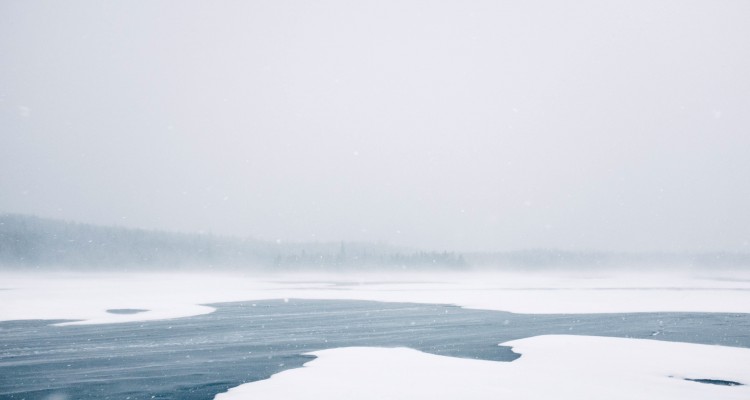Thinking of an Arctic Cruise? The new luxury cruises going through the Arctic right now are the talk of the town. Here’s what travelers need to have on hand to make it an incredible, unforgettable trip.
While the Smithsonian claims that explorer Robert Peary discovered the North Pole, there is some debate that another American explorer, Frederick Cook, may have gotten there first. There’s also evidence and speculation that Peary never even made it to the Arctic at all, and fell short of his goal. Even though you may have missed the boat on being a famed Arctic explorer, you still can be among the first people to hop aboard a new luxury cruise liner to explore the Arctic.
The Crystal Serenity in Antarctica will set sail on a 32-day voyage through the Northern Passage, due to enough ice melting away for cruise ships to pass through. This could make for some very unique summer travel plans. If you plan on taking this luxurious cruise, here’s some of the gear you need:
Smartphone
An Iridium satellite phone might keep you in touch with loved ones back on warmer ground, but it doesn’t do much for snapping photos of the majestic Arctic. There’s no need for a consumer camera, either, since the latest smartphones have fantastic photo features. For example, the LG G4 has a DSLR-like manual mode that lets you control the ISO sensitivity, focus and shutter speed. It’s also a great item to have when passing throughout northern Alaska and beyond because you can take videos and make calls back home.
Layers
Arctic summer months can reach as high as 32 degrees, depending on the location and weather conditions. You’ll also face below freezing temperatures during portions of your travels. The best advice for cold weather sailing is to layer with appropriate base clothing to start.
Choose a soft, comfortable base layer that wicks perspiration and moisture away from your skin to ensure you stay as warm as possible. Next, upgrade to an insulating layer, like a fleece, that allows for movement while keeping you as toasty. Your outer shell should be windproof with a lined hood for a safety layer of warmth. To ensure you’re protected against rain or snow, opt for something waterproof, such as a Gore-Tex jacket and waterproof pants.
Arctic Mittens
One of the first areas affected by frostbite are your fingers, according to the Mayo Clinic. Frostbite is caused when underlying tissues start freezing. Signs include your skin turning pale, or red, and your fingers feeling cold, hard or waxy. You’ll need more than just heavy duty mittens to protect yourself in the Arctic. Invest in a mitten system with a temperature rating. Northern Outfitters Arctic Mitten System is rated at -60ºF and is used by Iditarod Dog Sled champions.
Mukluks
Toes are also among the first parts of your body to suffer frostbite damage in extreme cold temperatures. Traditional mukluks may be the warmest pair of shoes you’ll find. These treads made from sealskin, are typically worn by the locals in Arctic regions, and come in a variety of styles. You can find modernized muck boots that are waterproof and insulated, from retailers like Dick’s Sporting Goods. Look for thermal foam insteps, upper binding to insulate your leg and lightweight construction for optimum movement.
Emergency Paperwork
From cruise paperwork to copies of your passport, you should never leave for an adventure without the necessities. Emergency contact info is especially important for the Arctic because temperatures and weather conditions can complicate your voyage. Keep digital copies of your identification in cloud storage or on your phone for easy access.


Leave a Reply